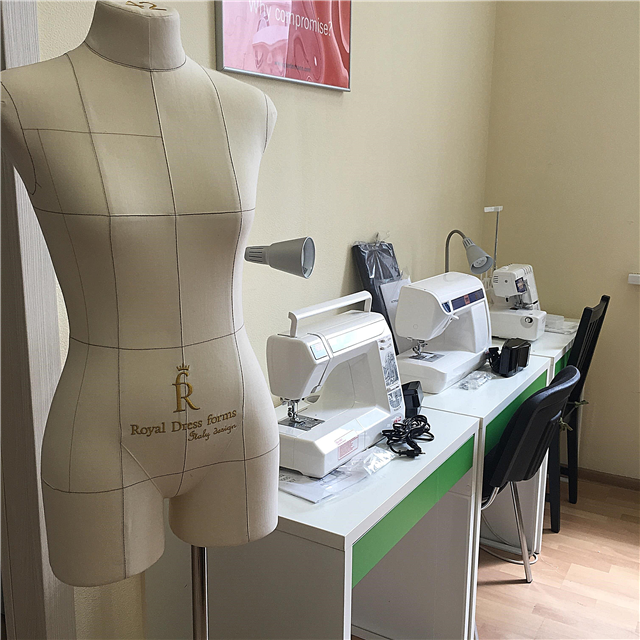Even such an uncomplicated detail as a decorative valve will give a finished look to the product, add some zest to trousers, a skirt, a dress, a jacket or a vest.

It is not at all difficult to make a decorative valve, and you can use this trick even when it is not provided for in a pattern and sew it, for example, from a contrasting color of fabric or a material of a different texture.
Fashion detail: patch pockets
On the example of a model of trousers from a magazine Burda Style 1/2020 consider how to properly process this part:
Master Class- Special offer

- 1
- 2
- 3
- 4
Step 1
Cut out the valve parts, as a rule, they are paired.
Step 2
Duplicate both valve parts or only one lower part, depending on the density of the fabric.
Step 3

Fold the valve parts with their faces facing each other, chip and grind along the side and bottom sections.
Cut the seam allowances close to the line, at the corners - obliquely.
Step 4
Unscrew the valve, sweep it with oblique stitches and iron it.
Step 5
Chop open and cut open sections of the valve together.
Step 6

Pin the valve to the right rear half of the trousers between the transverse marks (the valve part duplicated by the gasket lies below).
Grind the valve.
Bind at the beginning and end of the line.
Step 7

Iron the valve down and sew at a distance of 5 mm from the seam.
Sewing School: Pocket Processing
Seam pocket processing with flap
How to process a "pocket" pocket
Source and illustration: Burda Style 1/2020



